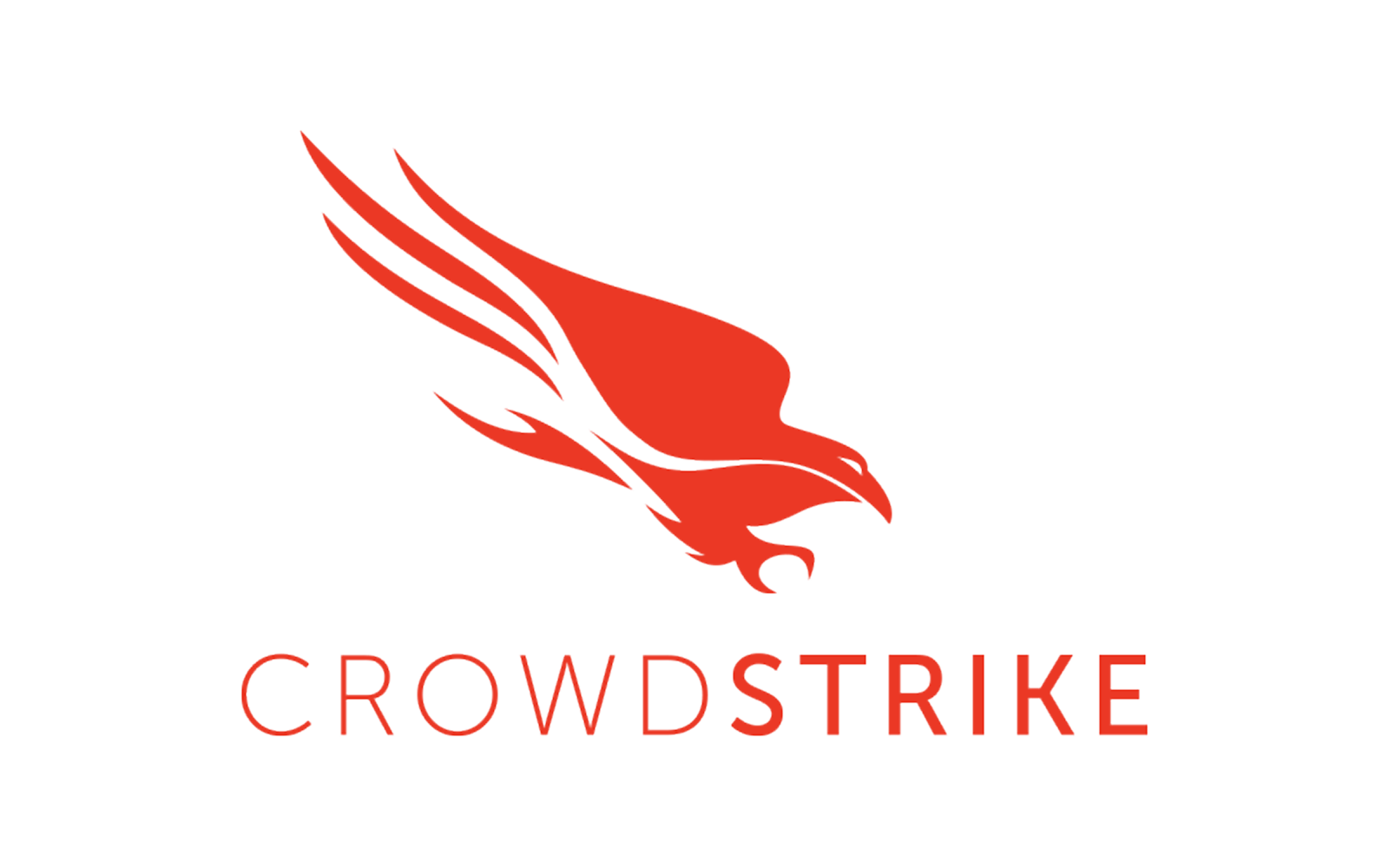
As IT evolves, the Software as a Service (SaaS) model has gained significant traction due to its scalability, cost-effectiveness, and ease of deployment. However, for organizations running mission-critical workloads, especially those requiring deep customization or extensive integrations, the decision to transition to SaaS is not always straightforward. This article examines the viability of SaaS for organizations with such complex environments and offers alternatives like lifting and shifting to the IBM Cloud, utilizing IBM Power Virtual Servers or VMware Cloud Foundation (VCF) on IBM Cloud. Each of these approaches preserves the flexibility, control, and security needed for highly specialized IT infrastructures.
SAAS: WHEN IT WORKS, AND WHEN IT DOESN'T
SaaS offers a managed approach to application hosting, typically best suited for standardized, widely-used applications such as CRM, HR, or office productivity tools. SaaS eliminates the need for infrastructure management and provides instant scalability. However, its usefulness is more limited for businesses that have invested heavily in customized applications or workflows that are deeply integrated across various systems.
KEY CONSIDERATIONS:
· Customization Limitations: SaaS platforms are designed to serve the broadest possible audience. They impose restrictions on how applications can be customized, which may pose challenges for businesses that rely on tailored workflows, unique business logic, or highly specialized databases.
· Loss of Control: With SaaS, the underlying infrastructure, including data control, configurations, and security measures, are managed by the service provider. This can present challenges for organizations with stringent compliance and data governance requirements.
INTEGRATION COMPLEXITIES IN SAAS
For businesses with extensive integrations, SaaS can often fall short. While SaaS solutions support standard APIs, they are typically limited in their ability to handle complex, highly-customized integrations. Companies that have built intricate connections between on-premises systems, third-party applications, and custom business logic may find that SaaS requires significant re-engineering of these systems.
KEY CONSIDERATIONS:
· Standard APIs vs. Complex Workflows: SaaS solutions usually excel when workflows are straightforward and can leverage pre-built APIs. However, for businesses that require deep integrations across multiple legacy systems, ERP platforms, and third-party software, reworking these integrations to fit into a SaaS environment may increase both cost and complexity.
· Data Flow Complexity: In scenarios where data flows between multiple on-premise systems or hybrid environments, SaaS platforms may struggle to support the complex data transfer and synchronization requirements necessary for operational efficiency.
ALTERNATIVE 1: IBM POWER VIRTUAL SERVER – RETAINING CONTROL FOR MISSION-CRITICAL WORKLOADS
For businesses running highly specialized or customized workloads on IBM Power Systems (AIX, IBM i), SaaS may not be the best option. Instead, moving these workloads to IBM Power Virtual Servers on the IBM Cloud offers a viable cloud migration path without sacrificing the control needed to maintain custom configurations and complex integrations.
KEY BENEFITS:
· Customizability: Unlike SaaS, IBM Power Virtual Servers allow for deep customization at all layers— from the operating system to databases and middleware. This is particularly crucial for businesses running applications on AIX or IBM i, where custom logic, workflows, and security requirements cannot be compromised.
· Security and Compliance: IBM Power Virtual Servers support industry-leading security features, allowing organizations to maintain control over encryption, access management, and compliance with regulatory requirements.
· Seamless Lift-and-Shift: IBM Cloud enables a smooth migration of on-premise Power workloads to the cloud with minimal reconfiguration, preserving existing integrations and maintaining high performance.
ALTERNATIVE 2: VMWARE CLOUD FOUNDATION (VCF) ON IBM CLOUD – EXTENDING VMWARE ENVIRONMENTS TO THE CLOUD
For organizations that have standardized on VMware for their virtualization needs, VMware Cloud Foundation (VCF) on IBM Cloud provides another robust alternative to SaaS. VCF enables businesses to lift and shift their entire VMware environment to the IBM Cloud, allowing them to maintain control over their virtualized workloads while enjoying the benefits of cloud scalability and flexibility.
KEY BENEFITS:
· Seamless Transition to Cloud: With VCF on IBM Cloud, you can extend your existing VMware environment without needing to re-architect your applications. This is particularly beneficial for organizations that have built complex, multi-layered infrastructure environments using VMware technologies.
· Unified Management and Control: VCF integrates VMware’s suite of management tools, including vSphere, NSX, and vSAN, providing consistent control over your virtualized environment across both on-premise and cloud deployments.
· Hybrid Cloud Flexibility: VCF on IBM Cloud supports a hybrid cloud approach, allowing businesses to run workloads both in their own datacenters and in the IBM Cloud, ensuring flexibility in workload distribution and disaster recovery.
· Security and Compliance: VMware environments on IBM Cloud come with enterprise-grade security features such as encryption and micro-segmentation, helping businesses meet stringent compliance and data security requirements while leveraging the cloud.
WHEN TO CHOOSE POWER VIRTUAL SERVERS OR VMWARE CLOUD FOUNDATION
FOR CUSTOM APPLICATIONS AND HIGH INTEGRATION NEEDS:
If your business depends on deeply customized applications, or if you have complex integrations with legacy systems and databases, migrating to IBM Power Virtual Servers or VCF on IBM Cloud is a more flexible and secure alternative to SaaS. These platforms allow for greater control over your infrastructure and data, without sacrificing the benefits of cloud computing such as scalability and operational efficiency.
FOR BROAD VIRTUALIZATION NEEDS:
For businesses with highly virtualized environments using VMware technology, VMware Cloud Foundation on IBM Cloud offers an ideal path to the cloud. This solution allows organizations to maintain their existing VMware toolsets and processes while transitioning to the cloud without the disruption of re-architecting their infrastructure.
CONCLUSION
While SaaS is an attractive model for certain workloads, it often falls short for organizations with highly customized applications or complex, multi-system integrations. For IT directors overseeing mission-critical workloads, the decision to adopt SaaS must be carefully weighed against the need for control, security, and customizability.
For these scenarios, IBM Power Virtual Servers and VMware Cloud Foundation on IBM Cloud provide robust alternatives that allow businesses to leverage the scalability and efficiency of the cloud without sacrificing the custom configurations or intricate integrations that are vital to their operations. By choosing the right cloud strategy, businesses can maintain control over their IT environment while enjoying the benefits of a cloud-based infrastructure.
Related articles that might interest you:








.png)


-1.png)

-1.png)


.png)